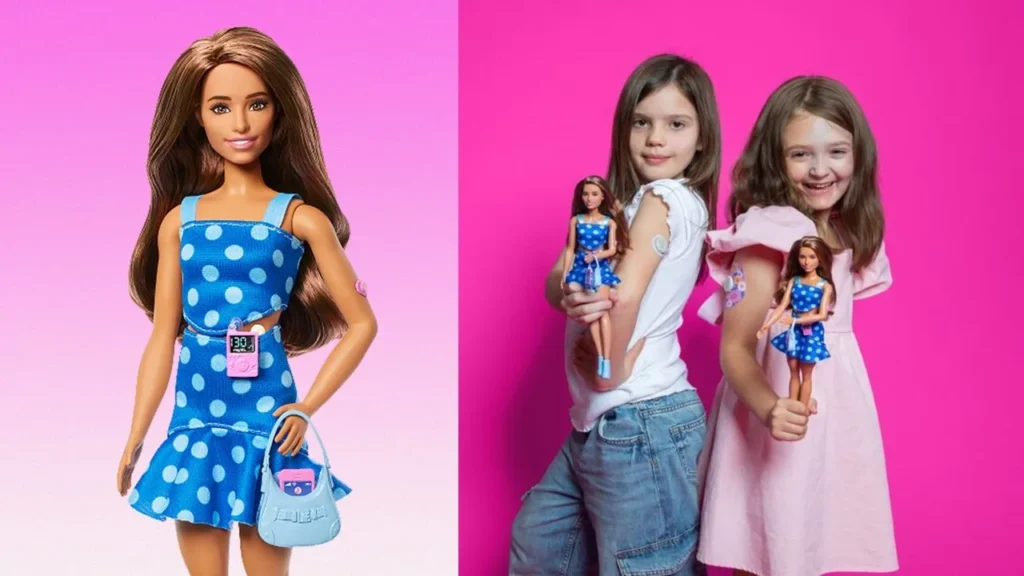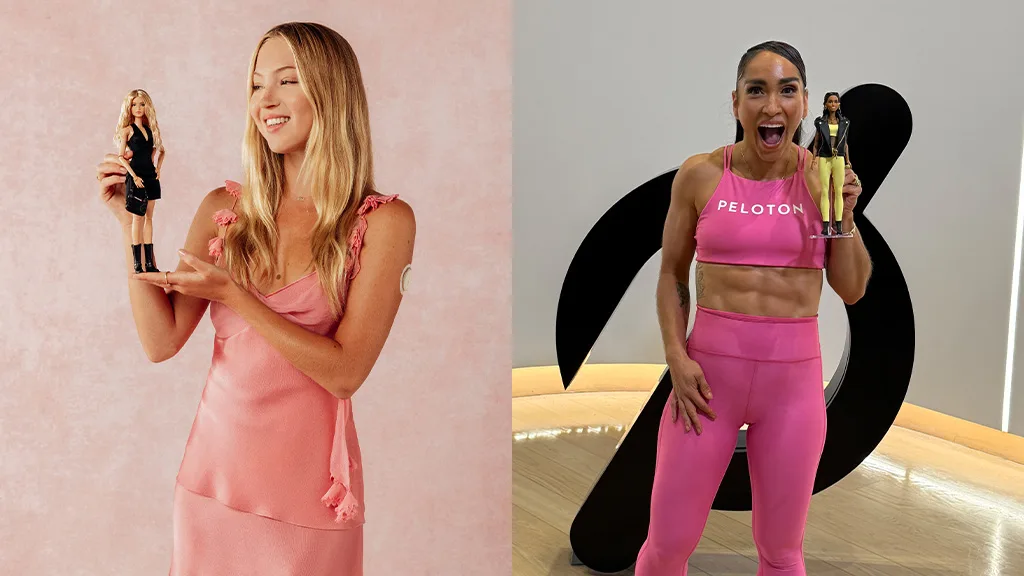
“Diabetic Barbie isn’t just a doll—it’s a symbol of hope, healing, and representation for every child who thought their condition made them invisible. This is how toys should inspire: with truth, empathy, and power.”
What a wonderful step towards representation! The new Diabetic Barbie doll with Type 1 diabetes is a great example of inclusive design, promoting awareness and diversity in the toy industry.. This meaningful addition features real-life medical devices like a continuous glucose monitor (CGM) and an insulin pump, helping children with diabetes feel seen, supported, and empowered during playtime.
The new doll is part of Barbie’s popular Fashionistas line, which already includes dolls with vitiligo, hearing aids, prosthetic limbs, and Down syndrome. Mattel’s new Type 1 diabetes Barbie promotes awareness and inclusivity, showcasing diversity in a meaningful way.
A Medical Milestone in Toy Design
The doll features a heart-shaped patch over the CGM, an insulin pump clipped to her waistband, and a purse equipped with a smartphone-style glucose-tracking display. These accessories aren’t just aesthetic—they reflect tools children use every day, making the doll a powerful representation of real-life management.
In Partnership With Experts
To get the medical details right, Mattel partnered with Breakthrough T1D (formerly JDRF), a leading diabetes research and advocacy group. Their CEO, Dr. Aaron Kowalski, who was diagnosed with Type 1 as a child, called the collaboration deeply personal and long overdue.
Krista Berger, Mattel’s SVP of Barbie, said this move is part of a broader vision: helping all children imagine a world where their differences are accepted, understood, and even celebrated.
Global Voices and Role Models
Mattel created custom Barbie dolls of Lila Moss and Robin Arzón, highlighting their advocacy for Type 1 diabetes awareness. Both women are outspoken about their experiences with Type 1 diabetes and serve as empowering role models for kids and parents alike.

Why Diabetic Barbie Is Sparking Emotional Reactions Worldwide
Social media was flooded with emotional reactions. Many people shared how meaningful this doll would have been during their childhood. “When I was diagnosed at 6, this would’ve changed everything,” wrote one user. For parents, the doll opens doors to educate friends and classmates while encouraging confidence in their own children.
Raising Awareness with Style
Beyond the medical accessories, the doll wears a blue polka-dot outfit—subtly referencing the color associated with diabetes awareness. These thoughtful design choices help spark conversations, break stigmas, and normalize health conditions through play.
Key Takeaways
- world’s first Diabetic Barbie doll equipped with authentic Type 1 diabetes gear.
- Inspires inclusivity and confidence among children managing chronic illness.
- Created with Breakthrough T1D to ensure the doll’s medical details are spot on.
- The launch features special-edition dolls honoring real-life advocates, including Lila Moss and Robin Arzón.
- Part of the Barbie Fashionistas line, known for celebrating diversity.
FAQ
Q1: What devices does the new Barbie come with?
She has a continuous glucose monitor (CGM), an insulin pump, and a smartphone-style display for glucose tracking.
Q2: Is this Diabetic Barbie medically accurate?
Mattel collaborated with Breakthrough T1D to ensure the doll’s diabetes features are precise and authentic.
Q3: Where can I buy a Barbie with Type 1 diabetes?
The doll is available on Mattel’s official website and major retailers like Walmart and Amazon in select countries.
Q4: Why is this Diabetic Barbie important?
It helps normalize chronic conditions, offering representation and comfort to children who live with Type 1 diabetes.
Q5: Are there other health-related dolls in the Barbie line?
Yes, the Fashionistas line also includes Barbies with hearing aids, wheelchairs, vitiligo, prosthetic limbs, and Down syndrome.
About The Author









